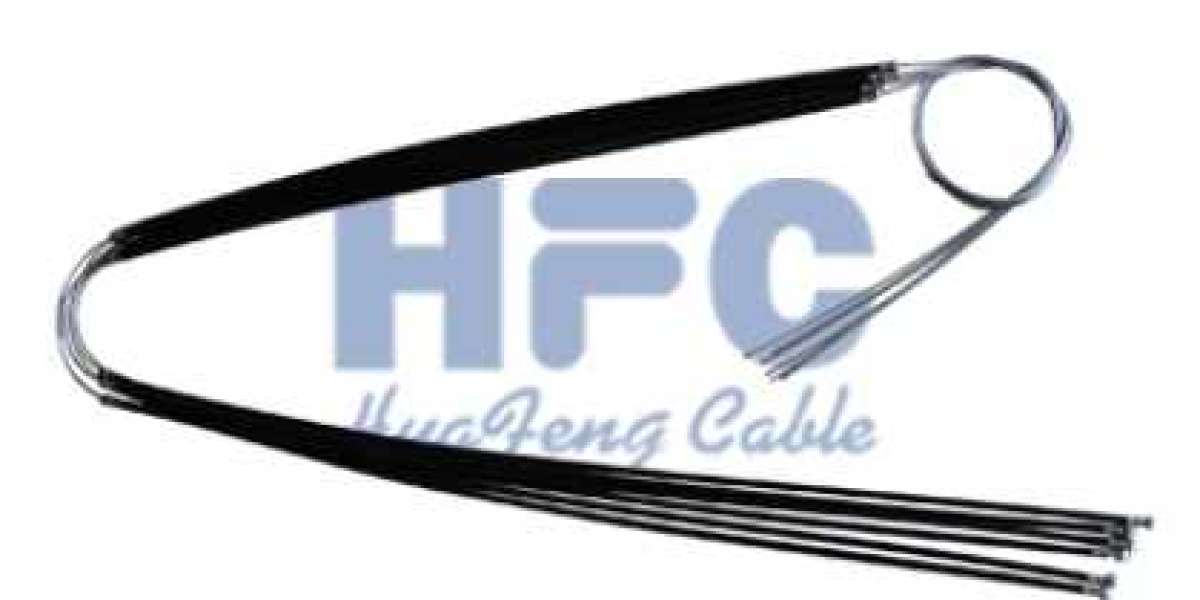If you own a bicycle, chances are you’ve wondered about the role of bicycle rear brake cables. After all, they play a key role in your safety and the performance of your bike. From aiding in stopping power to making sure you don’t slip off the trail, it is important to understand how these cables work and why they are so important for cyclists. In this blog post, we will explore the role of bicycle rear brake cables and what makes them so crucial for cyclist safety and performance.
What are Bicycle Rear Brake Cables
Bicycle rear brake cables are an essential part of the bicycle braking system. They connect the brake levers to the calipers or brakes themselves. In order for the rear brakes to work properly, the cables must be in good condition and correctly adjusted. If they are not, the brakes may not work at all or may not work effectively, which could lead to an accident.
Bicycle rear brake cables are typically made of stainless steel or another type of metal that is resistant to rust and corrosion. The ends of the cables are usually crimped onto the levers or calipers, and they are then held in place with ferrules (small metal caps). Over time, the ferrules can become worn down and need to be replaced. The cables themselves may also need to be replaced if they become frayed or damaged.
To adjust bicycle rear brake cables, first make sure that the pads are properly aligned in the calipers. Then, loosen the nut that holds the cable in place at either the lever or caliper end. Next, pull on the cable until there is about 1/8 inch of space between the pad and rim when the brake is fully applied. Finally, tighten down the nut and test the brakes by squeezing the lever to make sure that they are working properly.
The Different Types of bicycle rear Brake Cables
Bicycle rear brake cables are an important part of the braking system on a bicycle. There are two main types of bicycle rear brake cables, metal and synthetic. Metal brake cables are the most common type of cable used on bicycles. They are typically made of stainless steel or other metals. Synthetic brake cables are made of materials such as Kevlar or Nylon. These materials are stronger than metal brake cables and can be lighter in weight.
How to Select the Right Brake Cable for Your Bicycle
When it comes to choosing the right brake cable for your bicycle, there are a few things you'll need to take into account. First, you'll need to know the diameters of both your front and rear brake calipers. You can usually find this information printed on the caliper itself. Once you have that information, you can begin to narrow down your options.
There are two main types of brake cables available on the market today: linear pull and V-brake. Linear pull cables are typically used on mountain bikes, while V-brake cables are more common on road bicycles. If you're not sure which type of cable your bike uses, consult your owners manual or take it to a local bike shop for assistance.
Once you've determined which type of brake cable you need, the next step is to choose the correct length. Brake cables come in a variety of lengths, so it's important to measure from your handlebars to your rear caliper before making a purchase. Again, if you're unsure about how to do this, take your bike to a local shop for help.
With those two factors in mind - type and length - you should be able to narrow down your choices considerably. From there, it's simply a matter of selecting the cable that best suits your budget and needs.
Installation Instructions for bicycle rear Brake Cables
Bicycle rear brake cables are one of the most important components of a bicycle's braking system. In order to ensure that your bicycle's rear brakes are working properly, it is important to install the brake cables correctly.
There are two main types of bicycle rear brake cables: cantilever and linear-pull. Cantilever brake cables are the most common type of rear brake cable, and they are compatible with most bicycles. Linear-pull brake cables are less common, but they offer a cleaner look and better performance in some cases.
To install a cantilever brake cable, start by routing the cable under the bike's seat stays and through the hole in the frame where the cable will attach to the cantilever arm. Then, thread the cable through the housing until it reaches the cantilever arm. The final step is to crimp or solder on a ferrule to secure the end of the cable.
To install a linear-pull brake cable, start by routing the cable under the bike's seat stays and through the hole in the frame where the cable will attach to the linear-pull caliper. Then, thread the cable through housing until it reaches linear-pull caliper. The final step is to crimp or solder on a ferrule to securethe end ofthe cable.
Huafeng is a company specializing in the production of clutch cables.Huafeng is a professional brake cable supplier in China. We manufacture various types of universal brake cables, parking brake cables, and automotive control cables. If you are interested, you can contact us and we can send you samples!








